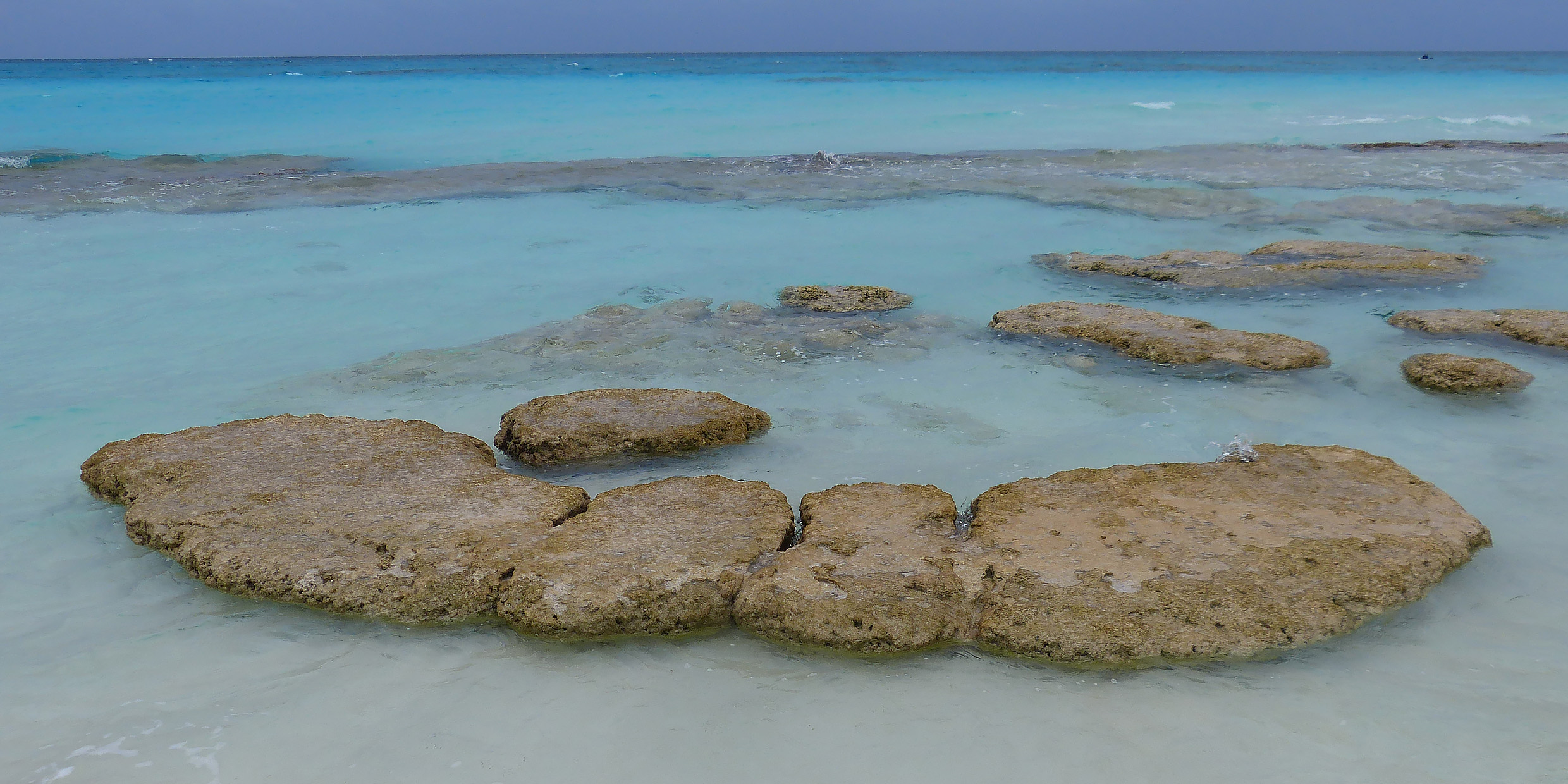Originally published 23 March 1998
EXUMA, Bahamas — Cryptozoology is the study of unexplained and alleged sightings of strange creatures not documented by standard zoology.
The Loch Ness monster, a purported marine dinosaur trapped in the Scottish lake by ancient geologic upheavals or sea-level changes, is a favorite subject of cryptozoologists. The Chupacabra, Puerto Rico’s famous “goatsucker,” excites continuing curiosity. And of course the Abominable Snowman, Bigfoot, and Yeti range wide regions of the world, tantalizing cryptozoologists with footprints and elusive sightings.
The Internet hums with cryptozoological speculation, and books on the subject seem to have a broad audience. Nevertheless, as a science, cryptozoology ranks right up there with parapsychology and astrology; that is to say, it is not a science at all.
Which is not to say that hidden corners of the Earth do not hold zoological surprises. Remember the coelacanth, a fish long thought to be extinct, discovered living in deep waters of the Indian Ocean in 1938. Remote forests and deep waters might still hide sizable animals, yet undiscovered. The proper scientific attitude, however, is “Let’s wait and see.”
I felt a bit like a field cryptozoologist recently as I snorkeled in the shallow waters of a tidal channel near Lee Stocking Island in the Exuma Cays.
Below were dozens of massive ovoid humps, many three feet or more high, like giant dinosaur eggs partly buried in the seafloor sand. These strange objects were clearly of biological origin, but unlike anything I had seen before. In water made milky by tide-stirred sand, they beckoned as if from some prehistoric dream.
These are the famous Bahamian giant stromatolites, and their story is as curious as any wide-eyed tale of the Loch Ness monster.
My companions and I were guided to this unique site by Joe Acaba, manager of the Caribbean Marine Research Center on Lee Stocking Island.
Stromatolites are stony structures built up by living organisms, in this case by algae and cyanobacteria (photosynthesizing bacteria). The microbes live in gooey mats on the top surface of the structures. The mats trap fine sediments carried across them by tidal currents. As the mats are made opaque by sediments, the microbes move upwards seeking sunlight. Layer after layer of sediments are cemented into growing columns or domes.
Large stromatolites were common in the seas of the early Earth, but they are rare today. They are found only at a few sites in the Bahamas and at Shark Bay in western Australia.
For more than 3 billion years after the formation of the Earth, all life on the planet was microscopic, ancestral to the algae and cyanobacteria of the Bahamian stromatolites. These soft-bodied microorganisms left a scant fossil record — except for the gritty, enduring stromatolites.
Fossil stromatolites have been found in sedimentary rocks of all continents, ranging back 3.5 billion years. They have been an important focus of paleoecologists studying the early evolution of life. Other scientists use fossil stromatolites to reconstruct ancient physical environments.
For these studies, observations of modern “living” stromatolites are of crucial importance for a proper interpretation of the ancient fossils.
If stromatolites were once so common, why are they rare today? The answer seems to be that stromatolite-building colonies of microbes had no efficient predators when all life on Earth was microbial. Today, many larger, multi-celled animals — fish, gastropods, worms — graze on the microbes.
Only in high-stress environments, such as the super-salty waters of Shark Bay and the tide-scoured channel near Lee Stocking Island, can microbial colonies survive long enough to build significant structures. Migrating sand dunes on the floor of the Lee Stocking channel also seem to play a role in controlling the growth of the stromatolites and protecting the colonies from grazers.
In fact, it was difficult for us snorkelers to “graze” our eyes on the stromatolites. Quickly, the tidal current carried us away from what we wanted to see. Acaba picked us up with the boat and took us back “upstream” for another drift across the stromatolite assemblies.
Not all geologists accept that fossil stromatolites are of organic origin; dissenters point to other non-living geological processes that could lead to layered structures in sedimentary rock. This may be true, but seeing the Bahamian stromatolites swept by sand on the shallow floor of the Lee Stocking channel makes it clear that what microbes are doing today they could likely have done billions of years ago, in conditions and environments that were ideal for fossilization.
These strange, dark humps on the floor of a Bahamian tidal channel are a kind of Loch Ness monster, cryptosurvivors from an ancient age, hidden from view until their discovery in the early 1980s, and now offering scientists a glimpse into an ancient world that has been mostly erased from the face of the planet.



